Home>Home Appliances>Home Automation Appliances>How To Set Alexa To Only Respond To Your Voice
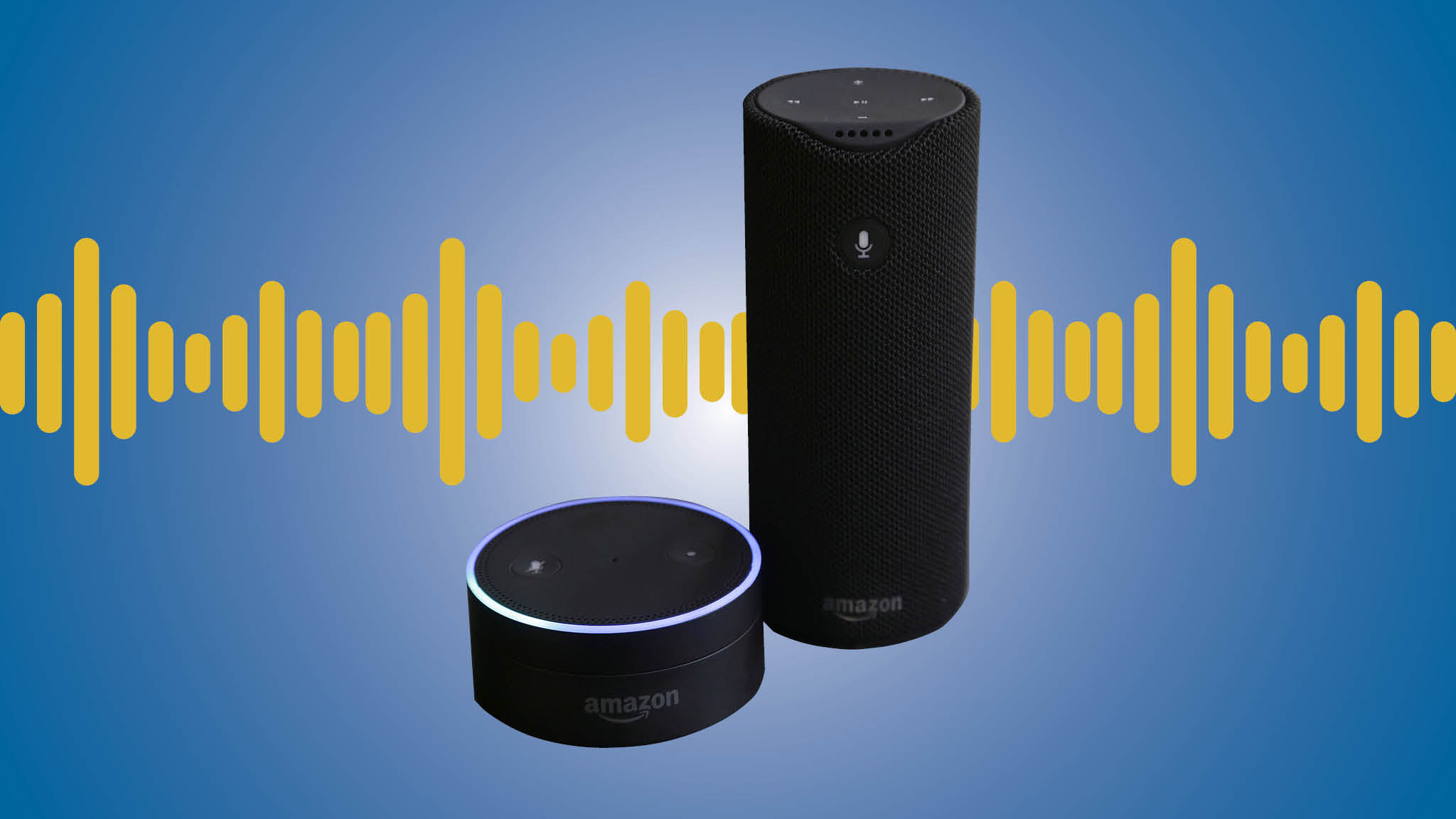

Home Automation Appliances
How To Set Alexa To Only Respond To Your Voice
Published: December 31, 2023
Learn how to set up your Alexa device to recognize only your voice for enhanced home automation security and privacy. Take control of your smart home appliances with personalized voice recognition settings.
(Many of the links in this article redirect to a specific reviewed product. Your purchase of these products through affiliate links helps to generate commission for Storables.com, at no extra cost. Learn more)
Introduction
In the realm of smart home technology, Amazon's Alexa has established itself as a household staple, offering a wide array of functionalities, from playing music to controlling smart appliances. However, one common concern among Alexa users is the potential for unintended activations, especially in shared living spaces. The last thing anyone wants is for Alexa to respond to a random voice command from a visiting friend or a family member, leading to a mix-up or an unexpected action.
Fortunately, Amazon has recognized this issue and introduced a solution: Alexa's voice recognition feature. By enabling this capability, you can ensure that Alexa only responds to your voice, adding a layer of personalization and security to your smart home experience.
In this guide, we will delve into the intricacies of Alexa's voice recognition, exploring the steps to set up voice profiles, utilize voice training, and troubleshoot common issues. Whether you're a privacy-conscious individual or simply seeking a more tailored interaction with your Alexa device, understanding and implementing these features will empower you to make the most of your smart home ecosystem. Let's embark on this journey to harness the full potential of Alexa while safeguarding your privacy and personalizing your user experience.
Key Takeaways:
- Set up Alexa’s voice recognition to ensure it only responds to your voice, adding a personalized and secure touch to your smart home experience.
- Engage in voice training to refine Alexa’s ability to recognize your voice, leading to more accurate and reliable interactions with the device.
Understanding Alexa’s Voice Recognition
At the core of Alexa’s voice recognition capability lies the sophisticated technology that enables the device to identify and differentiate voices. This feature allows Alexa to discern who is speaking and tailor its responses and actions accordingly. By leveraging advanced machine learning algorithms, Alexa can analyze various aspects of speech, such as pitch, tone, and cadence, to create unique voice profiles for different users.
When it comes to privacy and personalization, Alexa’s voice recognition offers a transformative experience. By assigning distinct voice profiles to individual users, Alexa can provide personalized responses, access specific user-related information, and execute commands based on the recognized user’s preferences. This not only enhances the user experience but also adds an extra layer of security by ensuring that sensitive information remains accessible only to authorized users.
Moreover, Alexa’s voice recognition feature fosters a seamless and intuitive interaction with the device. Once set up, users can engage with Alexa naturally, without the need for specific prompts or commands to switch profiles. This fluidity in user identification and response customization elevates the smart home experience, making it more intuitive and tailored to individual preferences.
It’s important to note that Alexa’s voice recognition is designed to adapt and improve over time. Through continuous learning and refinement, the system becomes more adept at accurately identifying and responding to different voices, further enhancing its overall effectiveness and user satisfaction.
By comprehending the underlying technology and benefits of Alexa’s voice recognition, users can harness the full potential of this feature to personalize their interactions with Alexa, bolster privacy measures, and streamline their smart home experience.
Setting Up Voice Profiles
Setting up voice profiles on Alexa is a straightforward process that empowers users to personalize their interactions with the device. By creating distinct voice profiles for different users, Alexa can tailor responses, access personalized information, and enhance the overall smart home experience. Here’s a step-by-step guide to setting up voice profiles on Alexa:
- Access the Alexa App: Begin by opening the Alexa app on your smartphone or tablet. Ensure that the app is updated to the latest version to access the voice recognition feature.
- Navigate to Settings: Within the Alexa app, locate and select the “Settings” option, typically represented by a gear or cog icon. This will direct you to a menu where you can manage various Alexa features and preferences.
- Choose Your Device: If you have multiple Alexa devices, select the specific device for which you wish to set up voice profiles. Each device can have its own set of voice profiles, allowing for personalized interactions across different areas of your home.
- Select Voice Profiles: Within the device settings, look for the “Voice Profiles” or “Recognized Voices” option. This is where you can initiate the process of adding and managing voice profiles for different users.
- Add a New Profile: Follow the on-screen prompts to add a new voice profile. Typically, this involves having the intended user speak a series of phrases to allow Alexa to capture and analyze their voice characteristics. This process is crucial for Alexa to create a unique voice profile for each user.
- Verify and Confirm: After capturing the voice samples, Alexa will confirm the successful creation of a new voice profile. At this stage, you may be prompted to assign a name or label to the newly added profile for easy identification.
- Repeat for Additional Users: If there are multiple users who wish to have personalized interactions with Alexa, repeat the process for each individual to create their respective voice profiles.
- Test and Refine: Once the voice profiles are set up, engage with Alexa using the recognized voices to ensure that the device accurately identifies and responds to each user. If necessary, you can refine the voice profiles or retrain Alexa to improve accuracy.
By following these steps, users can establish personalized voice profiles for themselves and other household members, enabling a more tailored and secure interaction with Alexa. This foundational setup lays the groundwork for harnessing the full potential of Alexa’s voice recognition feature.
To set Alexa to only respond to your voice, open the Alexa app, go to Settings > Device Settings > select your device > turn on “Voice Profile” and follow the prompts to train Alexa to recognize your voice.
Using Voice Training
Voice training is a pivotal aspect of optimizing Alexa’s voice recognition capabilities, as it allows users to refine and enhance the accuracy of voice profiles. By engaging in voice training sessions, users can fine-tune Alexa’s ability to recognize their voices, leading to more precise and reliable interactions with the device. Here’s a comprehensive guide on utilizing voice training to elevate the performance of Alexa’s voice recognition:
- Access Voice Profile Settings: Begin by accessing the voice profile settings within the Alexa app or the device settings menu. Locate the specific voice profile that you wish to refine through voice training.
- Initiate Voice Training: Within the voice profile settings, look for the option to engage in voice training or voice retraining. This typically involves speaking a series of prompted phrases to allow Alexa to capture and analyze your voice in various contexts and intonations.
- Optimize Environment: Ensure that the environment during voice training sessions reflects typical usage conditions. Minimize background noise and speak naturally to provide Alexa with accurate voice samples for analysis.
- Repeat Training Phrases: Follow the on-screen prompts to speak the provided training phrases clearly and audibly. It’s essential to enunciate each phrase naturally, as this contributes to the accuracy of the voice profile.
- Verify and Confirm: After completing the voice training session, Alexa will process the newly captured voice samples and refine the existing voice profile. The device may prompt you to confirm the successful completion of the training session.
- Test and Validate: Engage with Alexa using the trained voice profile to ensure that the device accurately recognizes and responds to your voice. This validation step is crucial for assessing the effectiveness of the voice training session.
- Iterative Refinement: If necessary, users can engage in multiple voice training sessions to further enhance the accuracy and responsiveness of Alexa’s voice recognition. Iterative refinement contributes to ongoing improvements in voice profile accuracy.
By actively participating in voice training sessions, users can actively contribute to the refinement and optimization of Alexa’s voice recognition capabilities, leading to more personalized and accurate interactions with the device. This proactive approach empowers users to fine-tune their smart home experience and maximize the benefits of voice-controlled interactions with Alexa.
Troubleshooting and Tips
While Alexa’s voice recognition feature is designed to deliver a seamless and personalized user experience, occasional challenges or uncertainties may arise. Understanding common troubleshooting steps and implementing best practices can help users navigate potential issues and optimize their interactions with Alexa. Here are valuable troubleshooting tips and insights to enhance the effectiveness of Alexa’s voice recognition:
- Environment Optimization: Ensure that the environment in which you interact with Alexa is conducive to accurate voice recognition. Minimize background noise, position the device appropriately, and speak clearly during voice interactions.
- Voice Profile Management: Regularly review and manage voice profiles within the Alexa app to ensure that they accurately represent the intended users. Removing outdated or inaccurate profiles can contribute to improved voice recognition performance.
- Retraining and Refinement: If Alexa exhibits inconsistencies in recognizing voices, engage in voice training sessions to refine and optimize existing voice profiles. Iterative refinement can significantly enhance the accuracy of voice recognition.
- Device Placement: Consider the placement of Alexa devices within your home. Positioning them in central areas with minimal obstructions can facilitate better voice capture and recognition.
- Language and Diction: Pay attention to your enunciation and diction during voice interactions with Alexa. Speaking clearly and naturally can contribute to more accurate voice recognition outcomes.
- Software Updates: Regularly update the Alexa app and associated device firmware to ensure that you have access to the latest voice recognition enhancements and optimizations.
- Privacy Considerations: Review the privacy settings related to voice recognition within the Alexa app to understand and manage the data associated with voice profiles. Maintaining privacy awareness is essential for a secure smart home environment.
- Feedback and Support: If persistent voice recognition issues arise, consider providing feedback to Amazon’s support channels. Your input can contribute to ongoing improvements in Alexa’s voice recognition capabilities.
By implementing these troubleshooting tips and best practices, users can proactively address potential challenges and optimize the performance of Alexa’s voice recognition feature. This proactive approach fosters a more personalized, secure, and reliable smart home experience, ensuring that interactions with Alexa remain intuitive and tailored to individual preferences.
Read more: How To Change Voice On Alexa
Conclusion
As we conclude our exploration of Alexa’s voice recognition feature, it’s evident that this capability serves as a cornerstone of personalized and secure interactions within the smart home ecosystem. By harnessing the power of voice profiles and training, users can elevate their experiences with Alexa, ensuring that the device responds accurately and exclusively to their voices.
Alexa’s voice recognition not only enhances privacy and security but also fosters a more intuitive and tailored interaction with the device. The ability to create distinct voice profiles for different users enables personalized responses, access to individualized information, and seamless transitions between users, contributing to a cohesive smart home experience.
Furthermore, the iterative refinement and troubleshooting tips provided empower users to actively participate in optimizing Alexa’s voice recognition, ensuring consistent and reliable performance. By proactively managing voice profiles, engaging in voice training, and implementing best practices, users can maximize the benefits of this feature while addressing potential challenges effectively.
As technology continues to evolve, Amazon remains committed to refining and enhancing Alexa’s voice recognition capabilities, further solidifying its position as a leading smart home assistant. The ongoing advancements in machine learning and voice analysis contribute to the continuous improvement of this feature, promising a future of even more seamless and personalized interactions.
In essence, Alexa’s voice recognition empowers users to personalize their smart home experiences, safeguard their privacy, and engage with technology in a more natural and intuitive manner. By embracing this feature and leveraging the insights and tips provided, users can unlock the full potential of Alexa while enjoying a tailored, secure, and enriching smart home environment.
As we look ahead, the evolution of voice recognition technology continues to shape the landscape of smart home interactions, promising even more personalized and seamless experiences for users worldwide.
Frequently Asked Questions about How To Set Alexa To Only Respond To Your Voice
Was this page helpful?
At Storables.com, we guarantee accurate and reliable information. Our content, validated by Expert Board Contributors, is crafted following stringent Editorial Policies. We're committed to providing you with well-researched, expert-backed insights for all your informational needs.
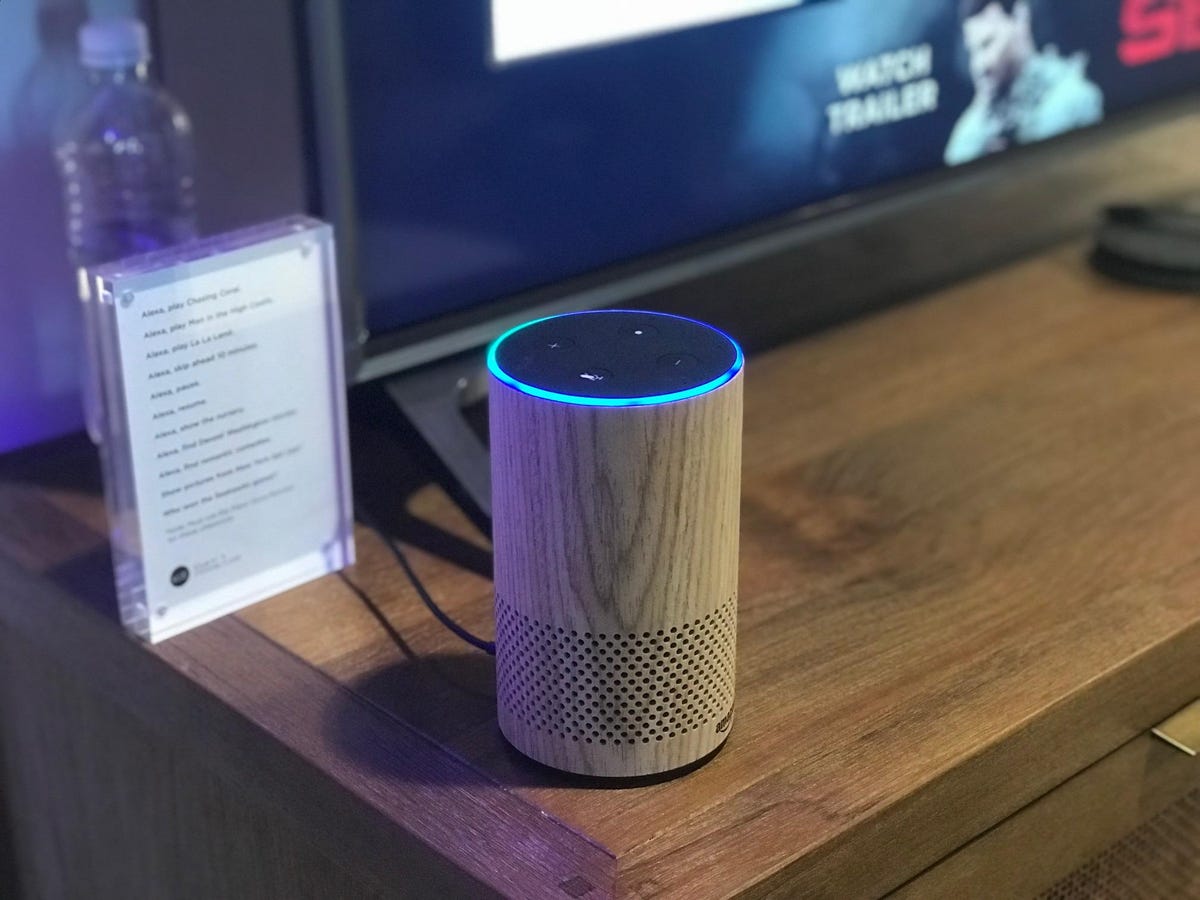
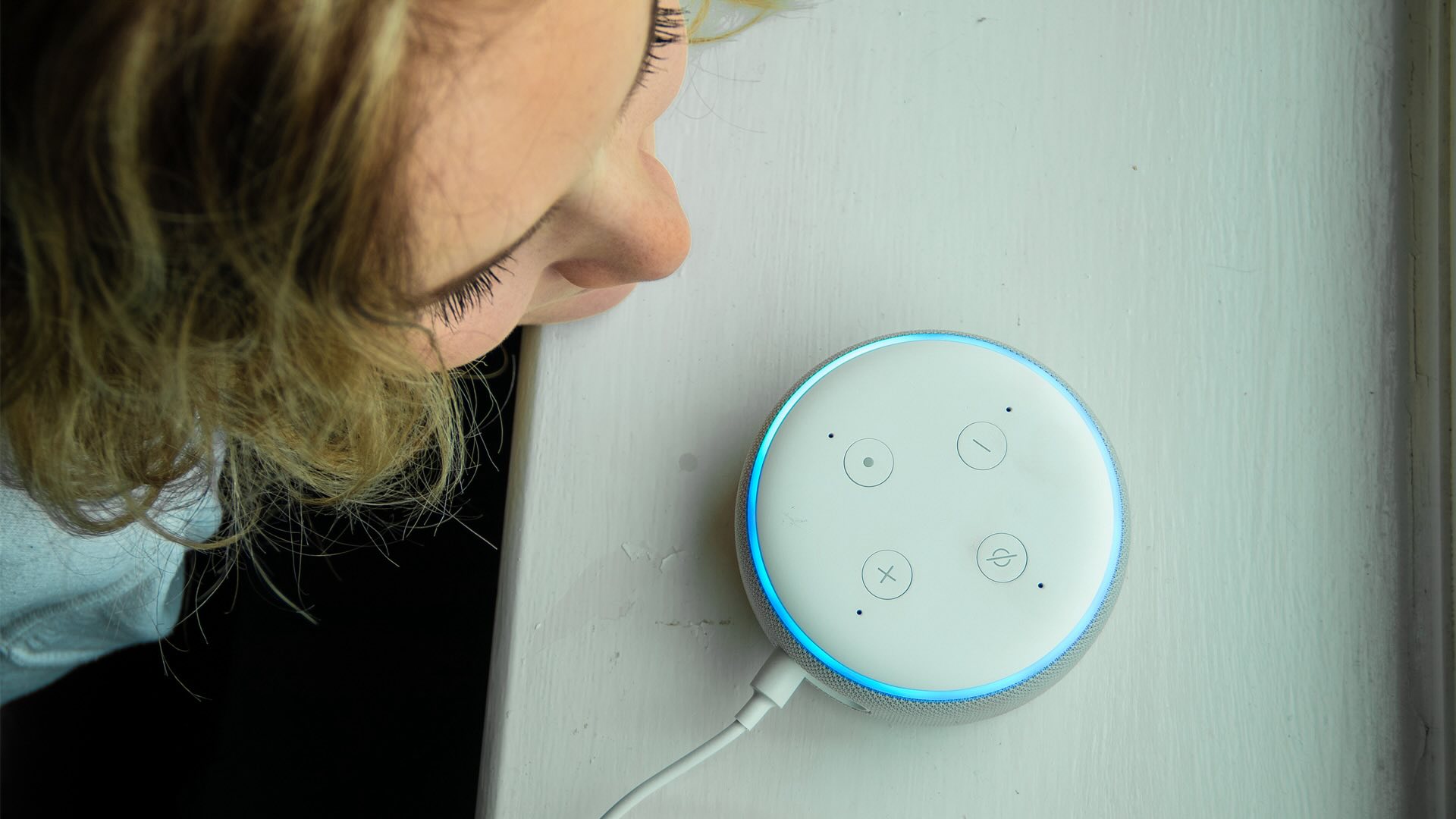

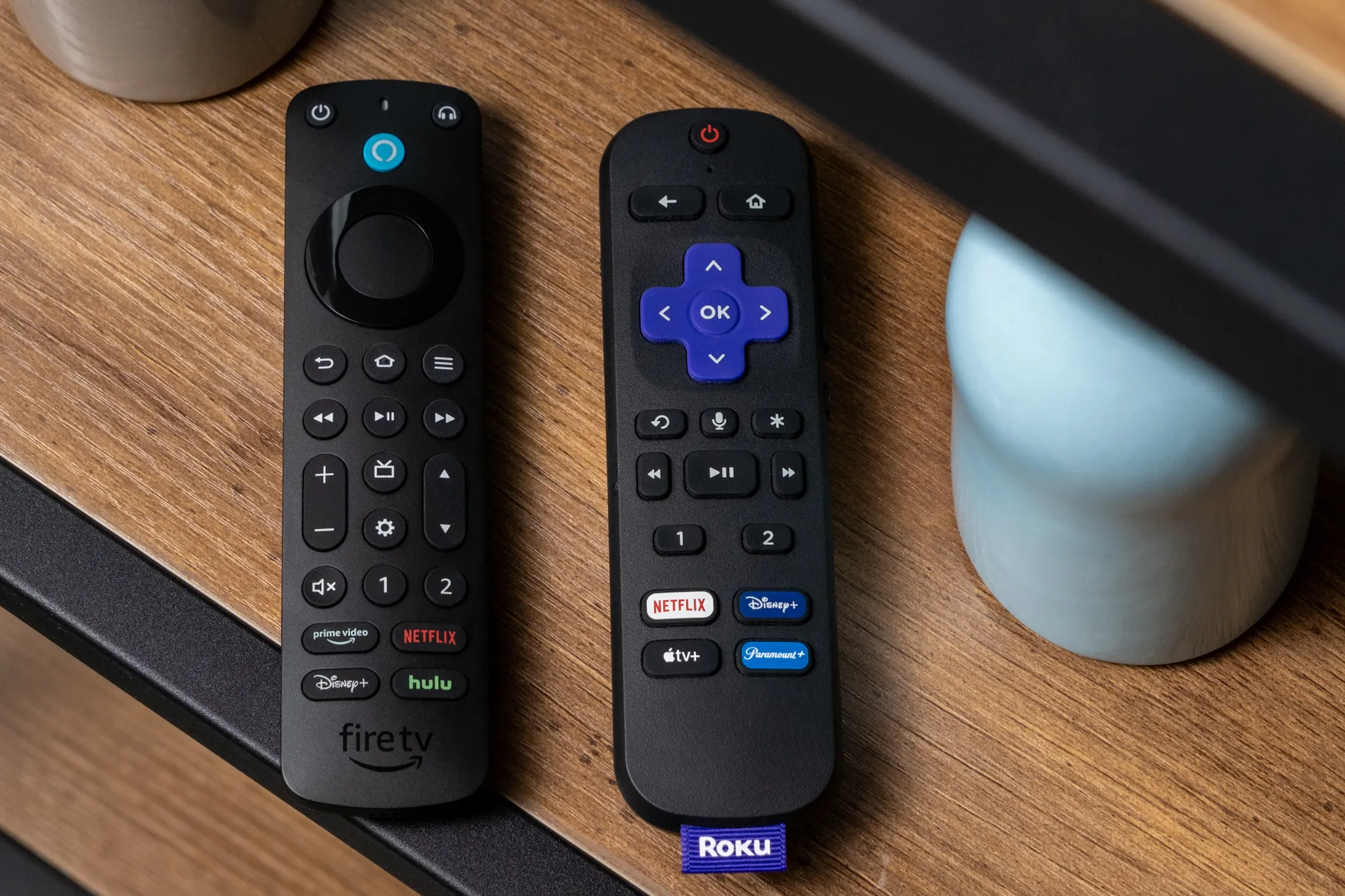
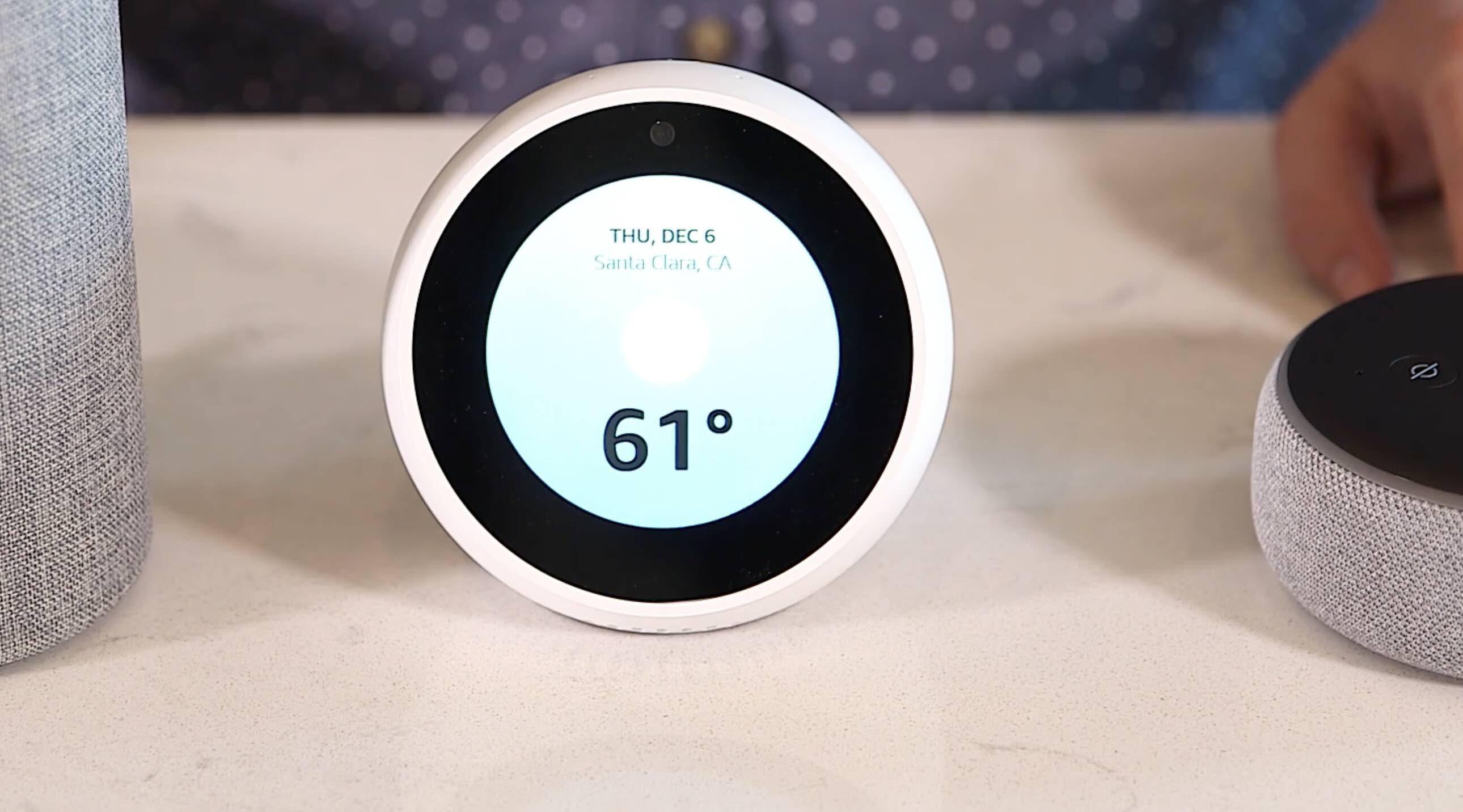


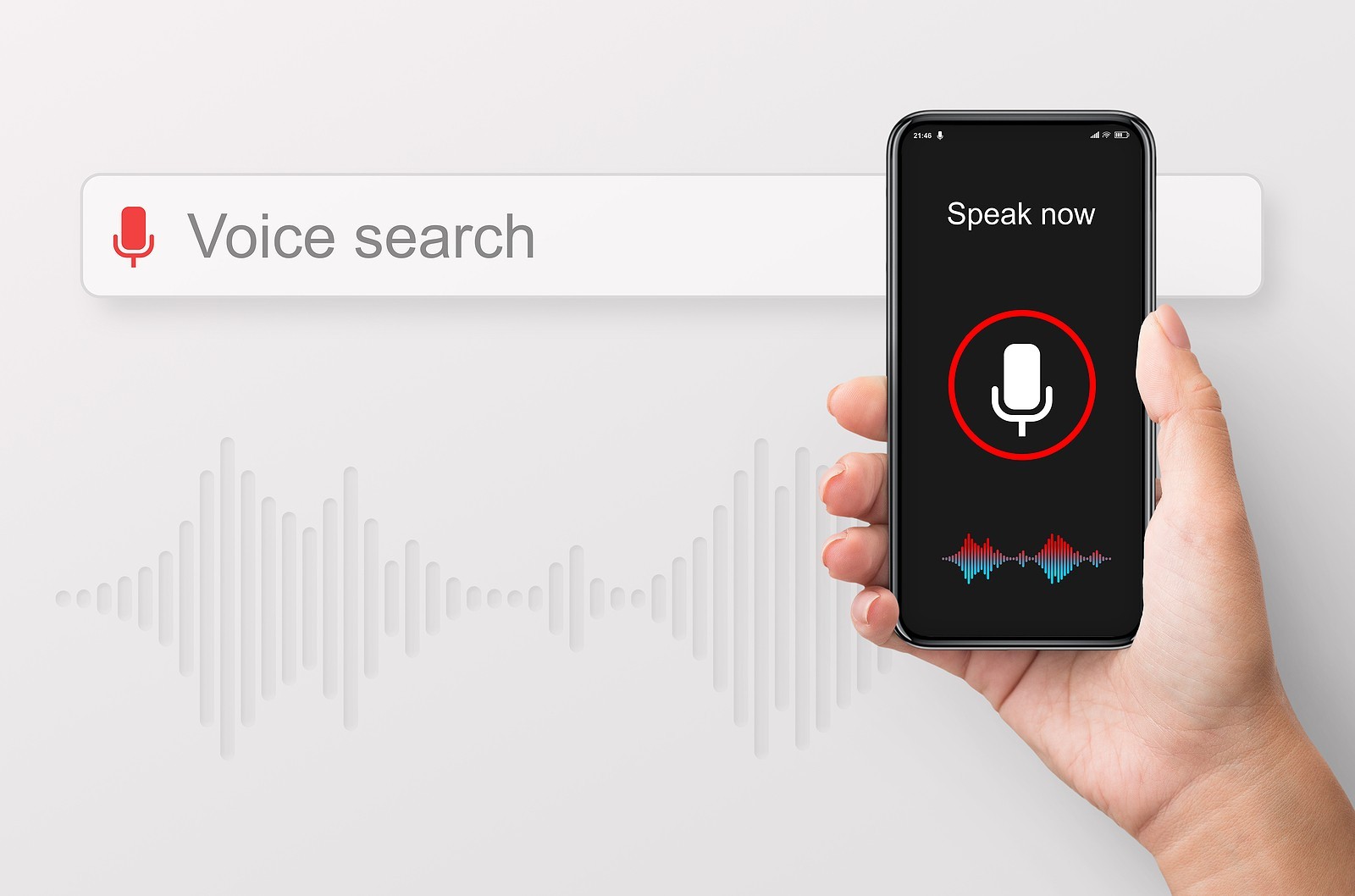
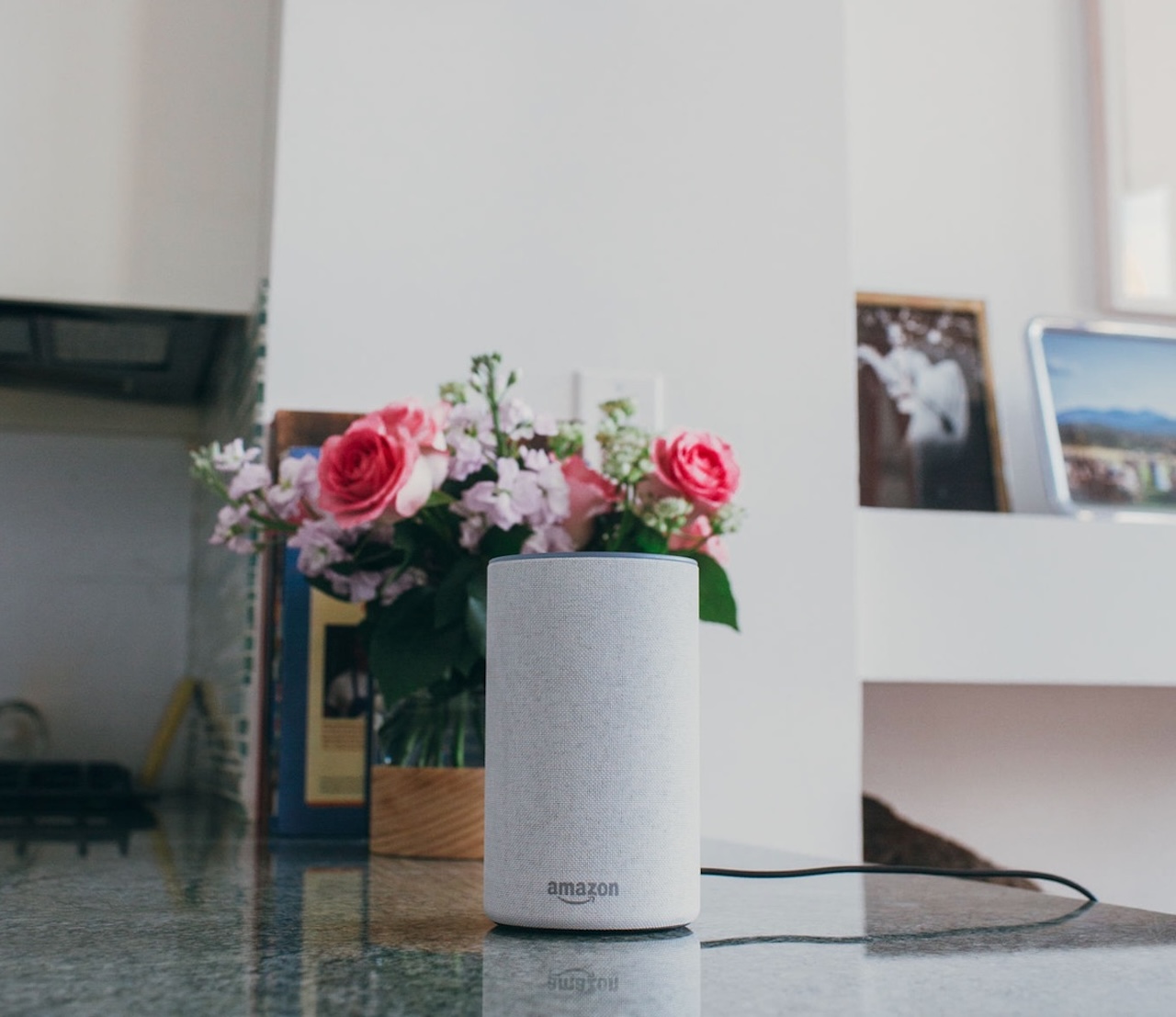
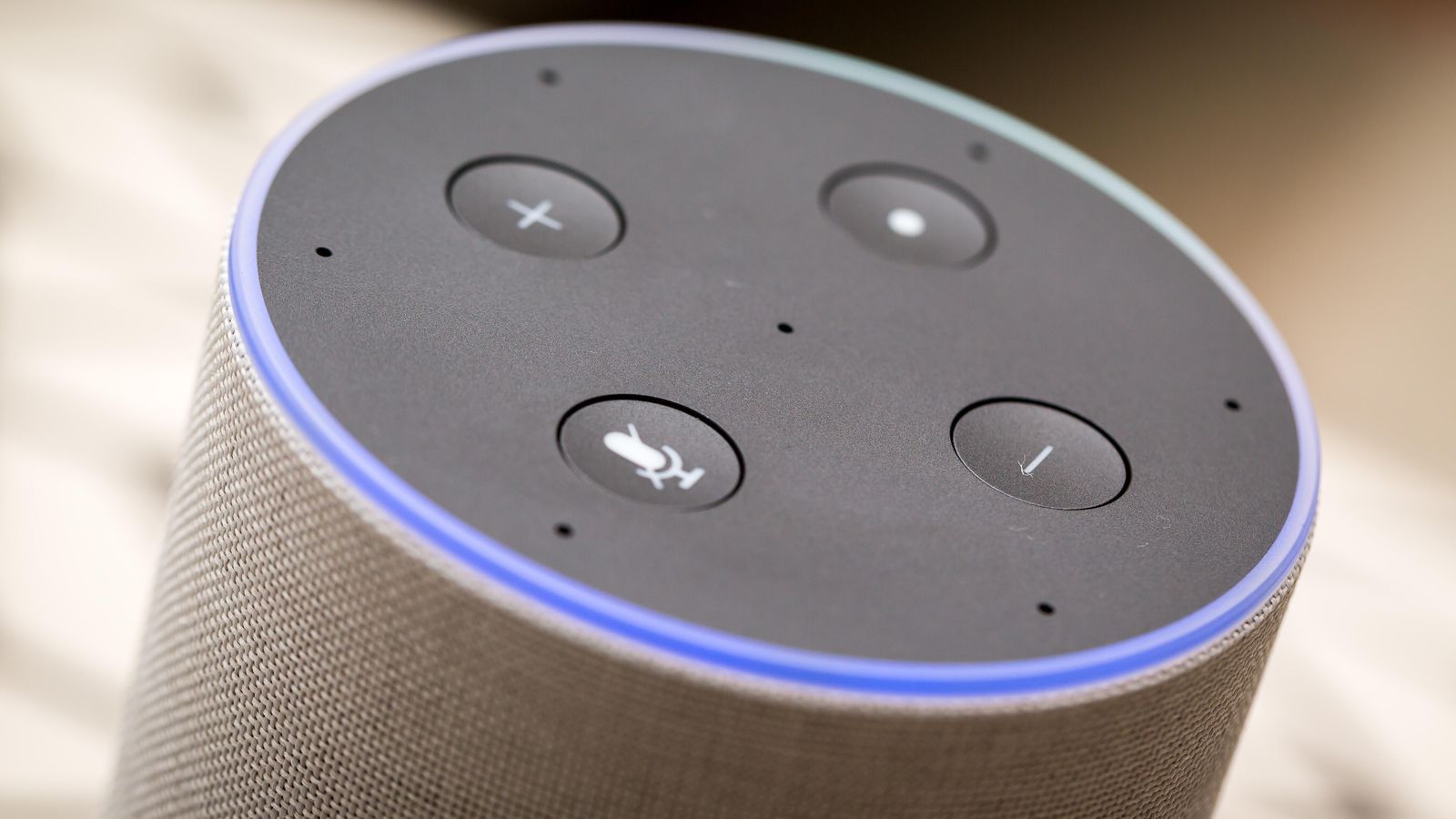

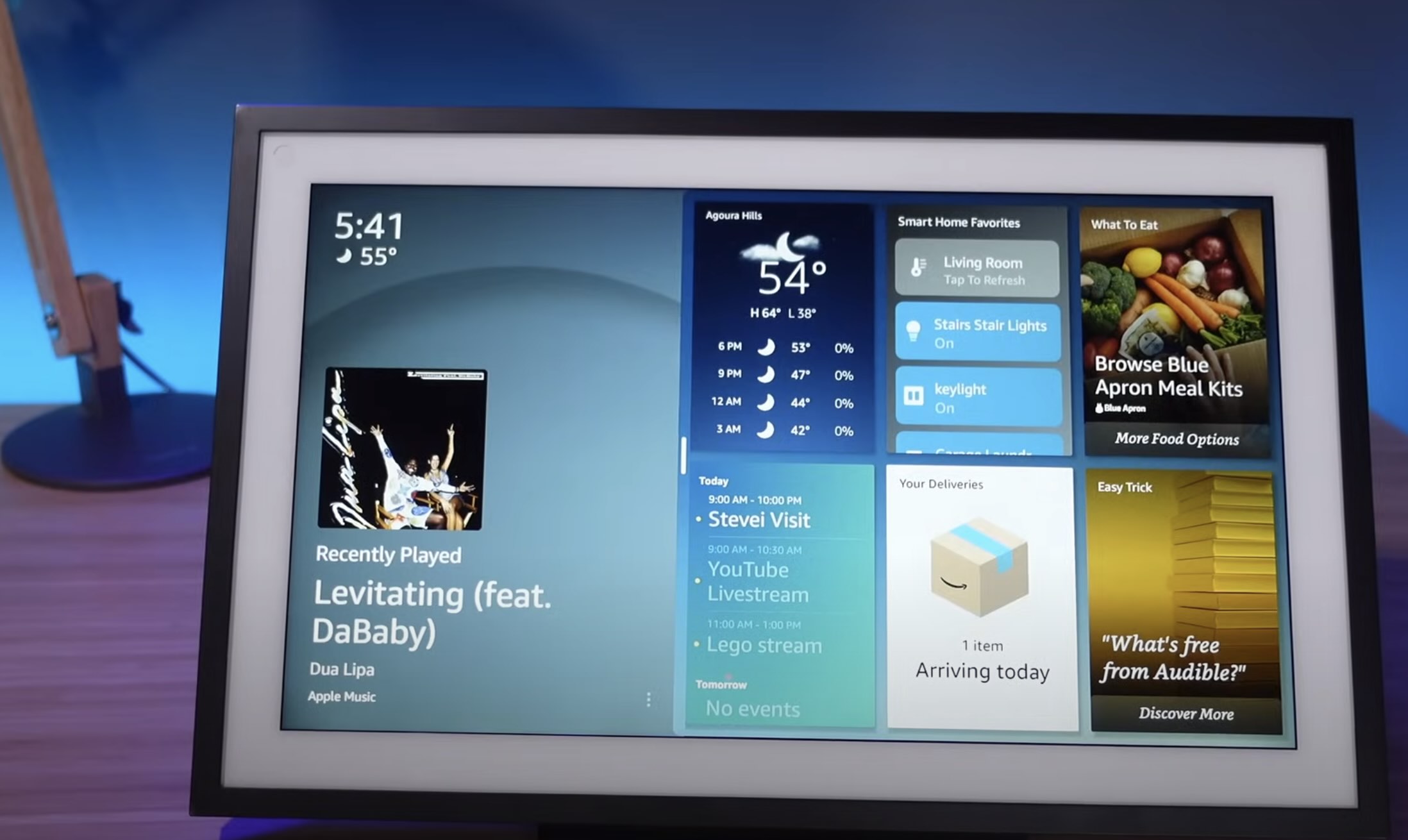
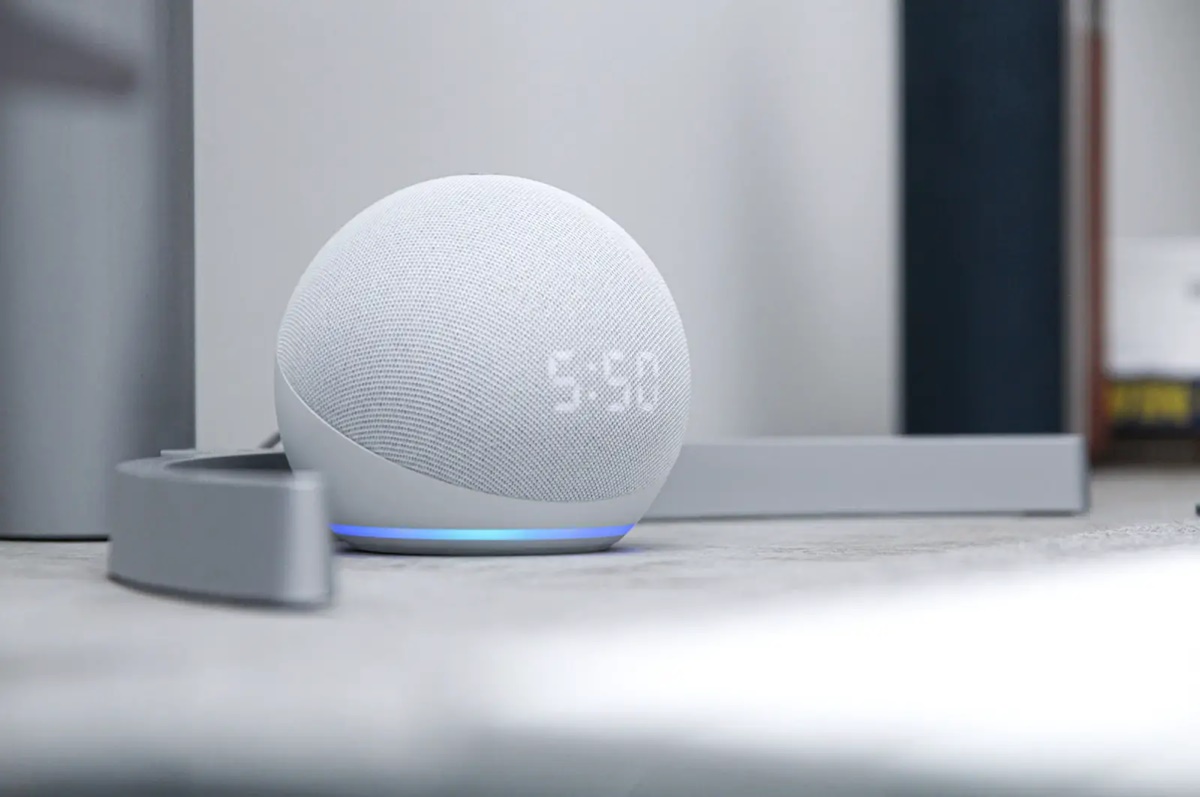


0 thoughts on “How To Set Alexa To Only Respond To Your Voice”